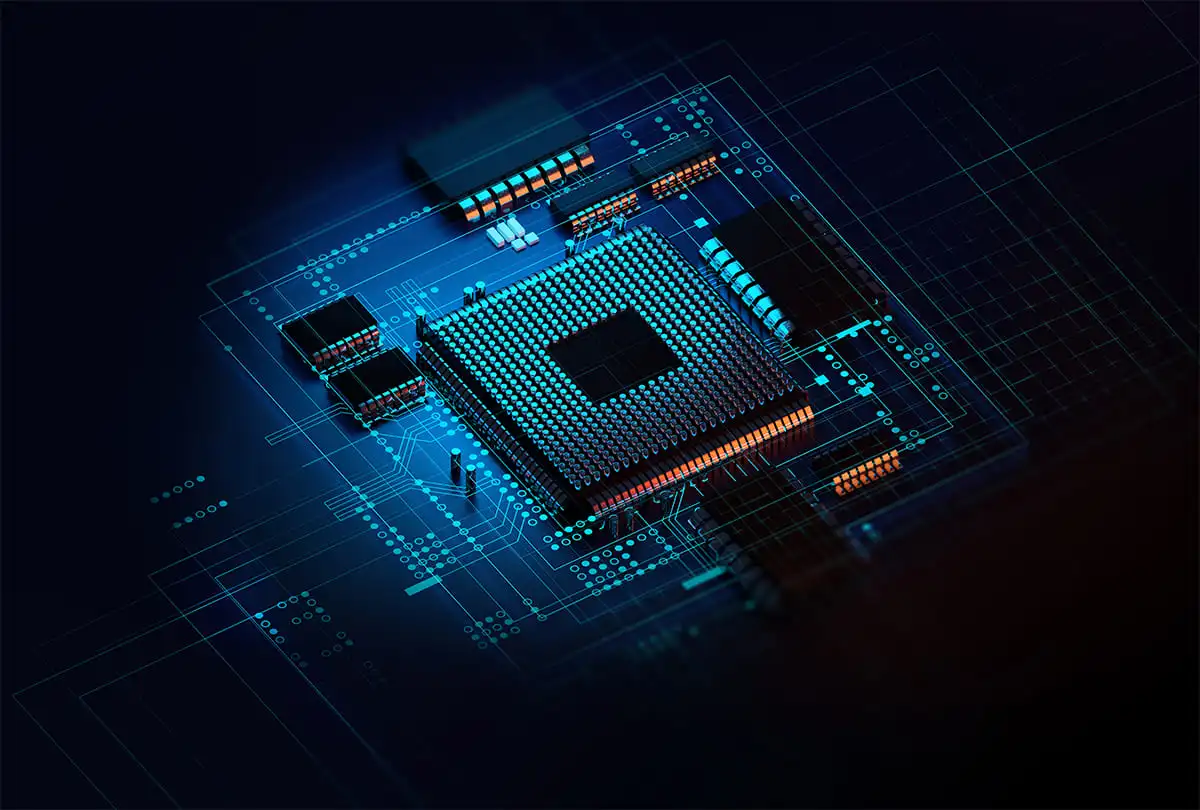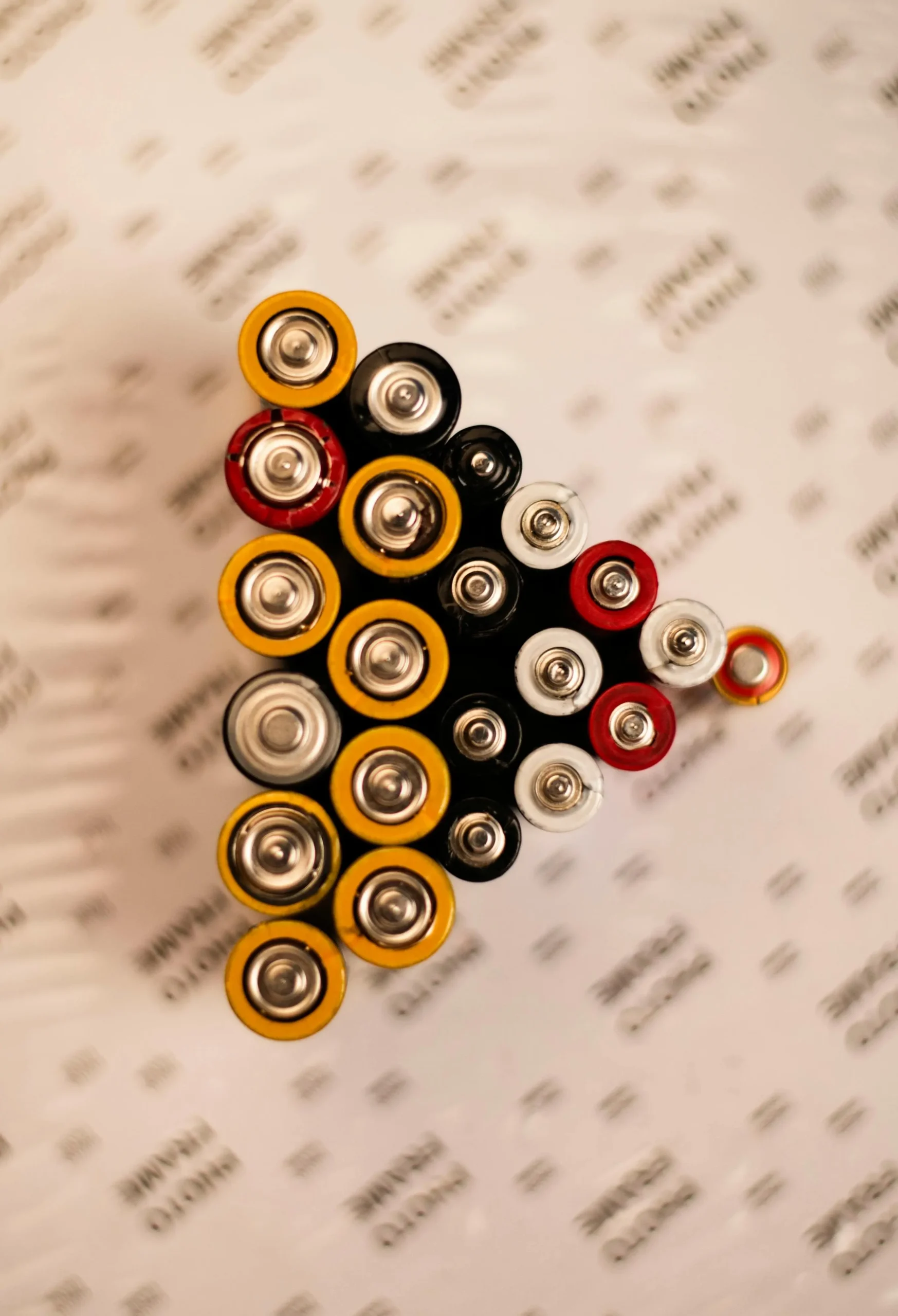Selecting an actuator for an IoT Project has a direct bearing on the project’s productivity, dependability, and effectiveness. This article is aimed at classifying the actuators, describing the criteria for their selection, and providing you with examples of using it.
INTRODUCTION
First of all, Let’s understand what an Actuator is.
An actuator is a component of a machine that produces force, torque, or displacement, usually in a controlled way, when an electrical, pneumatic, or hydraulic input is supplied to it in a system. An actuator converts such an input signal into the required form of mechanical energy. It is a type of transducer. In simple terms, it is a “mover”.
According to the above definition, there are many types of actuators we use according to our requirements. We will discuss these by exploring different types of actuators.
Types of Actuators
- Mechanical Actuators: operated by movement physically.
- Electrical Actuators: Use electrical energy.
- Pneumatic Actuators: operated by compressed air.
- Hydraulic Actuators: Use fluid pressure.
- Thermal Actuators: Respond to temperature changes.
Before getting some idea about selection features regarding actuators, let’s see why we want to have an actuator in an IoT-based project.
IMPORTANCE OF ACTUATOR FOR AN IOT PROJECT
Enabling Automation: Actuators allow an IoT system to self-execute a task without the involvement of human power. For example, in smart homes, actuators can open or close the windows or dim/brighten the light concerning data received by the sensors.
Dynamic Response Facilitation: Actuators are responsible for real-time response in such applications as precision farming, where they facilitate immediate reaction to the digits. For instance, actuators are used in irrigation systems to open and close valves as per moisture sensor data.
Improving Efficiency and Productivity: In industrial setups, these machines reduce human effort and mistakes. So, it increases productivity rates and general system functionality.
Increasing IoT Capacities: This is done by connecting the IoT devices with the physical world using actuators that are crucial for smart agriculture or even self-driving cars.
FACTORS TO BE CONSIDERED WHEN SELECTING ACTUATOR FOR AN IOT PROJECT
Load requirement
Force output/torque requirement
In IoT projects, the selection of the actuator mainly involves the forces to be measured. Stepper or servo motors also fall under the category of electric actuators. They deliver significant torque which is useful when you want to turn something like a robot’s arm or a conveyor belt. In smart manufacturing, high-torque electrical actuators are ideal.
Speed
Take electric motors, for example. The first step is to figure out what your system needs. Then, you can pick a motor that fits your specific job and strikes the perfect balance. If we want to have a motor for drones, it doesn’t want much torque.
Accuracy and Precision
Power Consumption
The consumption of power for the actuators is a critical point of concern especially for the IoT devices which are built with the battery operated. Appropriate use of power of a particular device helps it to last long.
Battery Life: Some can consume more power than others, and this is a problem for IoT devices that are battery-powered, particularly those located in regions where battery replacement is a challenge.
Example: The low-power actuator when used in wildlife monitoring systems with battery base cameras and pan-tilt actuators provides long operation duration without frequent battery replacement.
Energy-efficient motors draw less power is important for IoT devices where several units such as sensors, processors or communication interfaces may need power at the same time.
Example: Implementing intelligent home automation, they utilize power-saving actuators for windows or doors thus decreasing the total amount of supplied power and increasing sustainability
Sleep and Standby Modes: Some actuators have sleep or standby modes that bring the power consumption to lower levels when the actuators are not in use, thus, prolonging battery lifespan.
Example: On an intelligent irrigation system, the water valve actuator can also switch off when it is not in use during the management of irrigation periods.
Power Management Strategies: Power control methods such as capacitors or energy replenishment controls the use of batteries and in turn the energies used by the whole system.
Example: In the case of a solar-powered weather station, it is much more efficient to use supercapacitor-based actuators to allow the battery to serve short bursts without dying thus enhancing the battery life and efficiency.
Concerning the energy consumption and actuation principles, IoT can foster projects that design devices which are both light and suitable for longtime use.
Size and Weight
Portability
In portable IoT devices, the size and weight of the actuator are of principal importance in terms of the device’s transport and the feasibility of its application. They decrease the dimensions of the device, which enhances its handling and transportation.
Example: In portable medical diagnostic equipment or any interventional devices, the small and less massive actuators can be easily integrated by the medical personnel and help in correct diagnosis and lesser invasive tools.
Space constraint is another feature that you see expressed in many IoT applications devices. Miniature actuators are hence crucial in areas of small space utilization without interfering with the performance.
Example: In smart locks, compact actuators are also soldered where the lock function is located within the door system, and it still works even with limited space.
Environment
Since the actuators of this category are used outdoors and in harsh conditions, the aspects of durability and reliability are crucial.
- Weather Resistance: Actuators deployed on the outer part of structures should withstand harsh weather including rain, snow, and humidity. Especially like weather monitoring systems or irrigation systems should have these properties.
- Temperature Tolerance: It is worth underlining that extremely high and low temperatures have a very impact on the actuator’s working characteristics. For instance, the tracking system of the solar panels tracking the rays for the solar energy collection has to bear the scorching heat of summer as well.
- Protection from Corrosion Dust and Dirt: In some cases, the actuators are placed in very dusty or dirty areas. Typically, the dust-proof actuators are used with dust-proof housing and thus will work well in a dusty environment. The agricultural equipment, there are actuators used to set equipment with parameters.
Control Method
- Wired actuators are hardwired that is they are directly connected to the control system. They provide uninterrupted communications with fewer interferences makes them ideal for stable wiring conditions
- Wireless actuators are operated by wireless communication modules which are used in a smart home system. Wireless is used to easily integrate without cabling such devices as blinds, thermostats, and locks into the system of the smart home.
- Communication Protocols: Common protocols include,
- Wi-Fi: Provides very high data, and prospective coverage, and can be used to support home automation and smart devices.
- Bluetooth: It is recommended for devices that require a short range of transmission and a small amount of power such as smartwatches and health and wellness trackers.
- Zigbee: Low power consumption that is ideal for gw devices and offers a mesh networking feature for many sensor networks.
- LoRa: Specific for low power usage intended for long-distance communications the system is perfect for monitoring.
Example: A smart city application will include LoRa-enabled actuators that can change the state of street lights and environmental sensors using only a small amount of power.
CASE STUDIES
In this article, now we will go through some real-life examples where actuator selection plays a major roles in IOT projects. Let’s break down all the details and connect the above factors considered for the project or not.
Drone camera
Importance of Lightweight Actuators
Battery Efficiency
The key perks of lightweight actuators in multi-rotor drones include better weight balance, longer flights, more payload choices, and improved energy-to-mass conversion. By adding these actuators, makers can build drones that do jobs well and stay stable. As drones see more use in business and delivery lightweight actuators play a vital role in meeting what the market wants.
Through this article, you will be getting all the information needed to select the most suitable actuator for an IoT project.




